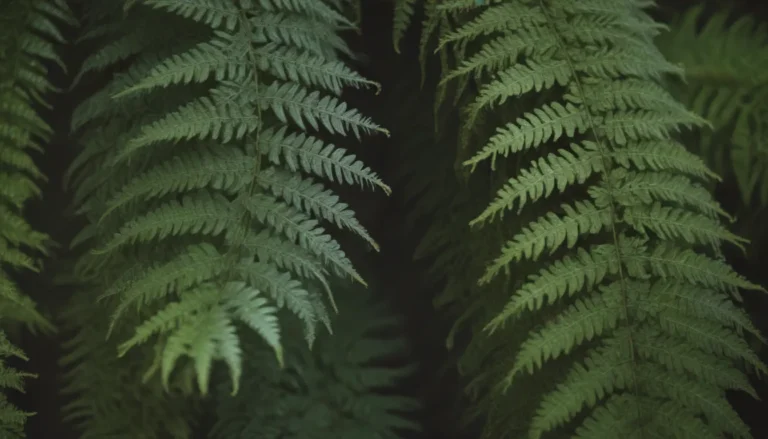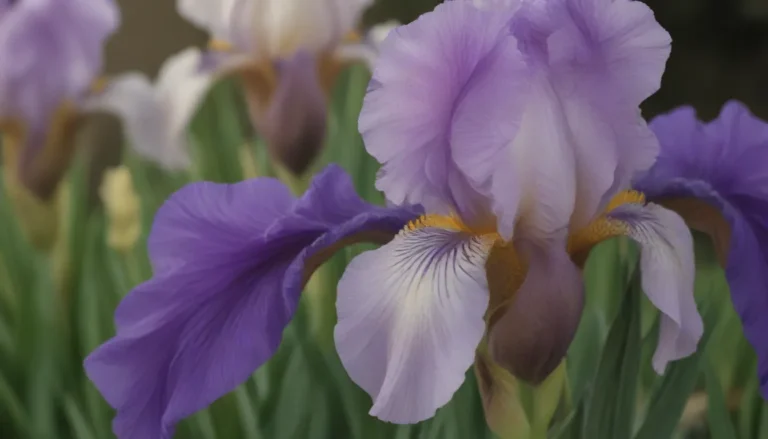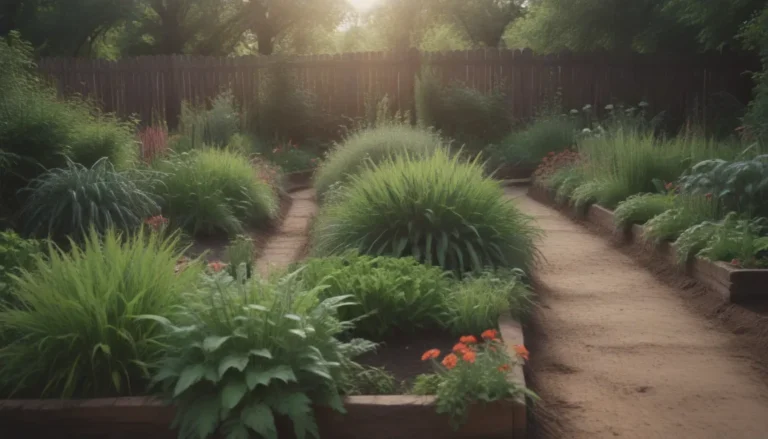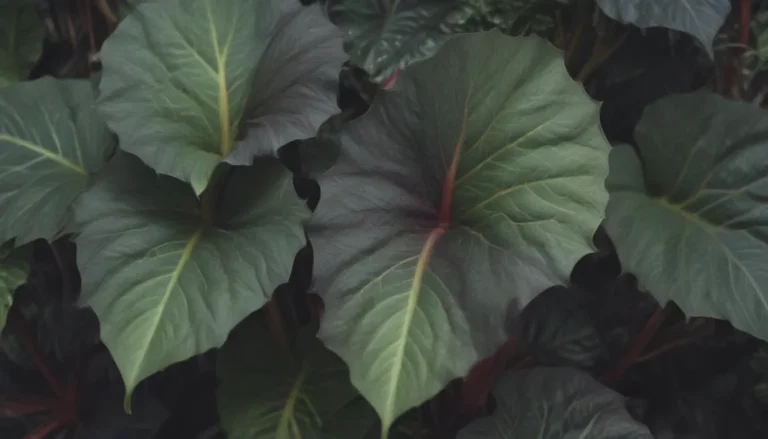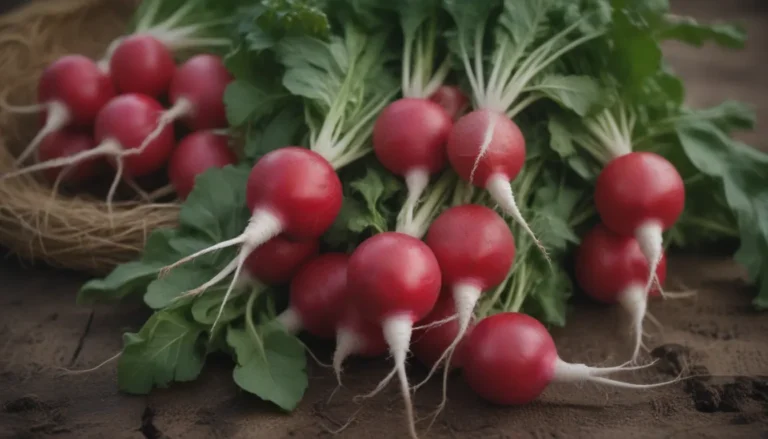Comprehensive Guide to Growing and Caring for Gasteria
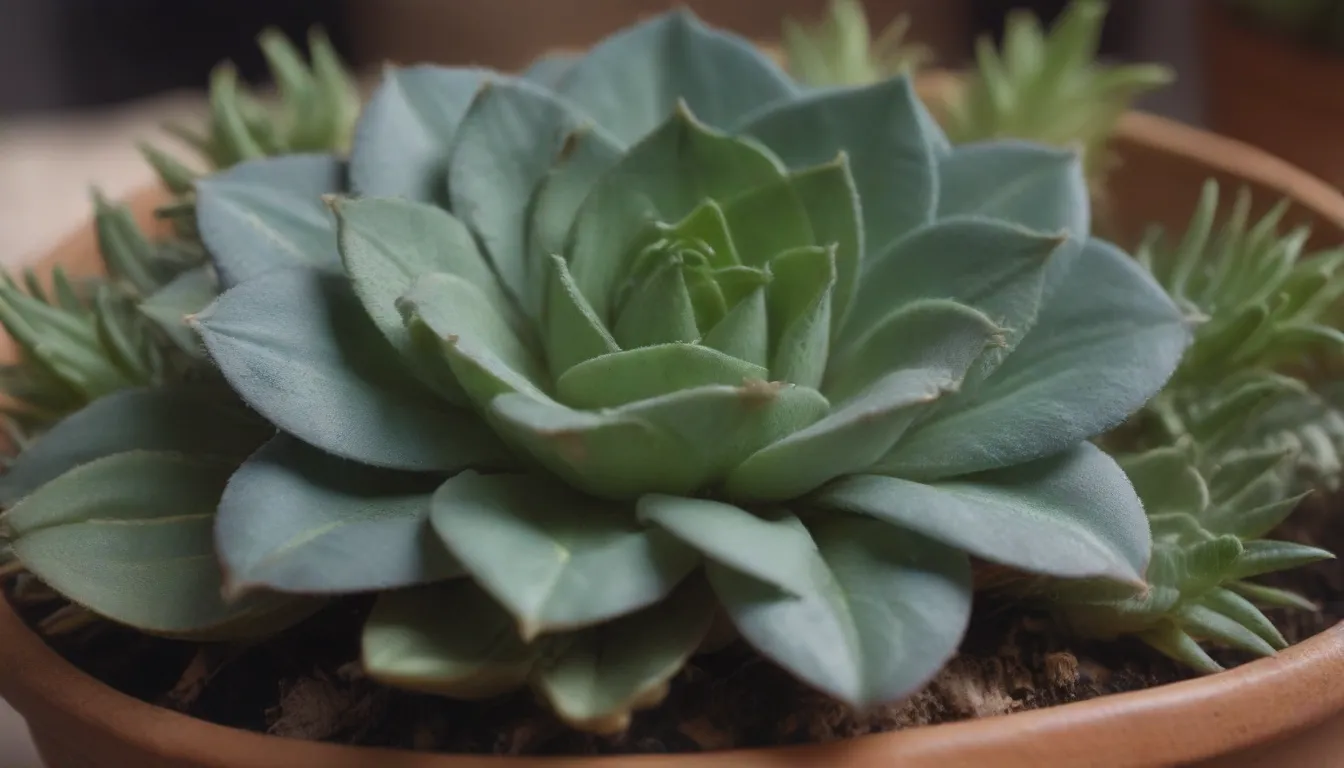
If you’re a succulent lover looking to add a unique plant to your collection, look no further than gasteria (Gasteria spp.). Native to South Africa, gasteria is a genus of relatively rare succulents that are similar to aloe plants but with their own distinct characteristics. Also known as “ox tongue” due to their long, rough-textured leaves, gasteria plants are popular choices for indoor and outdoor gardens. In this comprehensive guide, we will explore everything you need to know to successfully grow and care for gasteria plants.
Gasteria Overview
Gasteria plants are prized for their interesting patterns and colors, as well as their ability to produce tubular, curved flowers in the winter to spring. These slow-growing plants are excellent options for houseplants, as they can tolerate lower light conditions compared to other succulents. Whether you’re a beginner or a seasoned plant enthusiast, gasteria is a fantastic addition to any plant collection.
Gasteria Care Tips
To ensure your gasteria thrives, it’s essential to provide the right care and environment for the plant to flourish. Here are some key care tips to keep in mind:
Light
- Gasteria plants appreciate bright light but not direct sunlight. Protect them from hot afternoon sun to prevent leaf damage.
- Monitor the plant for signs of stress, such as white or yellow leaves, which can indicate that it’s receiving too much sun.
Soil
- Use a well-draining potting mix or mix cactus potting soil with sand for container plantings.
- For garden plantings, opt for sandy soils with a pH of 6 to 7 to ensure proper drainage.
Water
- Like most succulents, gasteria plants do not require frequent watering. Allow the soil to dry out almost completely between waterings.
- If the plant receives rainfall outdoors, additional watering may not be necessary.
Temperature and Humidity
- Gasteria plants prefer warm summers and slightly cool winters, with temperatures down to 50 degrees Fahrenheit.
- These plants thrive in Zones 9 to 11 in the United States, where frost is not a concern.
- Avoid high humidity levels, as gasteria plants do not thrive in very humid environments.
Fertilizer
- Fertilize your gasteria once every spring with a cactus fertilizer, following the recommended dosage on the label.
- Consider adding a small amount of compost (around 10%) to the soil mix for added organic matter.
Types of Gasteria
There are over 20 species of gasteria, each with its own unique characteristics. Some popular varieties include:
- G. carinata var. verrucosa
- G. maculata
- G. batesiana ‘Little Warty’
- G. glomerata
Propagating Gasteria
One of the best ways to propagate gasteria plants is through offsets, similar to propagating succulent cuttings. This method helps maintain full and healthy plants while expanding your collection. Here’s a simple guide to propagating gasteria:
- Carefully remove offsets from the parent plant using a sharp, clean knife.
- Allow the offsets to dry and callous for a few days.
- Plant the offsets in well-draining soil and water lightly.
Potting and Repotting
When potting gasteria plants, choose containers with proper drainage holes to prevent waterlogging. Consider using unglazed terra-cotta pots for optimal moisture control. Since gasteria plants have shallow root systems, select wide, shallow containers over deep ones. While mature plants grow slowly and may not require frequent repotting, keep an eye out for overcrowding due to offset growth.
Overwintering
During the winter months, gasteria plants may enter a dormant phase characterized by wrinkling leaves. Provide minimal water during this period and ensure the plant receives indirect light for a few hours each day. While gasteria plants may not actively grow during this time, they still require some light to stay healthy.
Common Pests & Plant Diseases
Gasteria plants are susceptible to fungal infections, often appearing as black spots on the leaves. To prevent fungal issues, maintain proper air circulation, avoid overwatering, and handle the plant gently to prevent bruising. If fungal infections occur, treat them with a fungicidal soap and adjust your care routine to promote plant health.
In conclusion, gasteria plants are fascinating additions to any succulent collection, offering unique shapes, colors, and textures. By following these care tips and guidelines, you can ensure your gasteria thrives and continues to delight you with its beauty year-round. Remember to observe your plant regularly, adjust care as needed, and enjoy the rewarding experience of growing and caring for gasteria plants.
Reference:
Rees, Paul, Royal Botanic Gardens Kew (2023). The Kew Gardener’s Guide to Growing Cacti and Succulents. Francis Lincoln.
